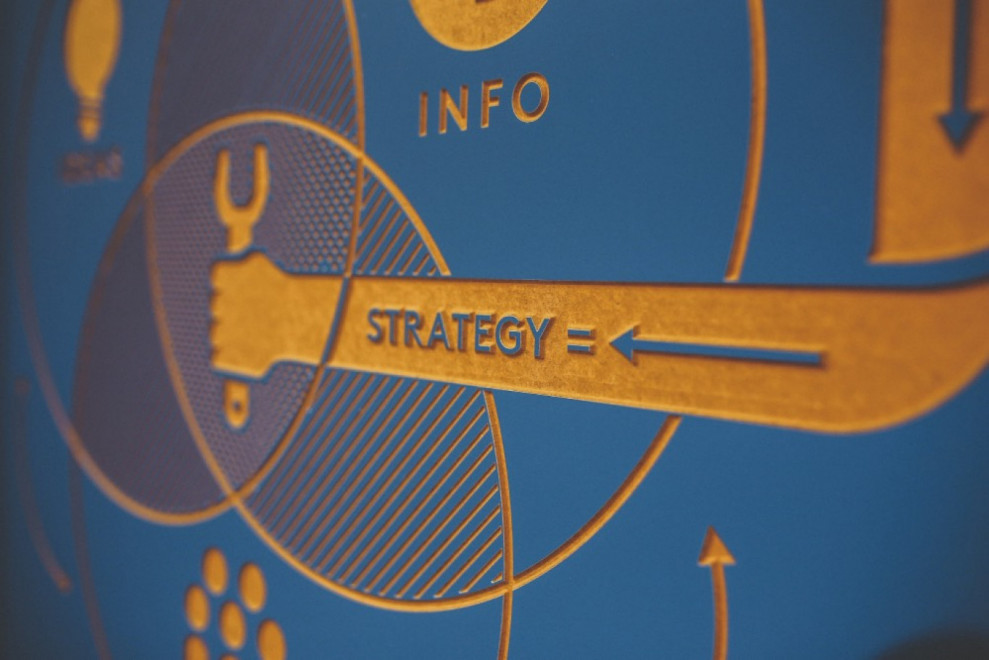TABLE OF CONTENTS
Strategic change is usually the need to adapt the organization, products, procedures, and processes. It is quite common for a company to adjust its business plan when it stagnates or requires rapid organic growth. Strategic change begins with a decision of the top management of the organization that identifies gaps and opportunities, then designs a vision for a strategically changed company and identifies the opportunities and benefits of such change.
Strategic change redefines the organization's basic principles and components; focuses the company on gaining a sustainable competitive advantage. The leader often formulates a new vision of the company developed as part of a detailed business strategy. The need for change can come either internally or externally; however, the leader usually responds to mixed signals in reality.
Organizational changes are an active and important signal for strategic human resource management. HR strategy becomes essential as HR can take a leadership role in certain areas. It can lead and facilitate organizational culture changes, and it can also help superiors change their attitude and behavior.
The role of HR is to help formulate and define strategic goals in the area of people management. HR makes it easy to translate your vision into practical elements and projects. It can help you chart a strategic path for your organization and identify key milestones.
Finally, strategic change often requires HR to introduce new and innovative approaches to human resource management. Since top management usually requires change, it is easier to introduce new methods in talent development, rewarding and performance management, and others resulting from strategic plans.
HR strategy and strategic change of the organization
Every significant change in an organization begins with a change in management and communication style. The first step is to change your vision and human behavior. HR always plays a key role at the beginning of major changes.
HR introduces strategic human resource management by reviewing its policies and processes. Each strategic change requires a new approach to human resource management. HR professionals should conduct workshops within the organization to determine the impact of changes on employees. After collecting the information, they must present and approve a change management plan.
HR strategy and strategic change are closely related. In the event of a change in the HR area's functions, he must assume new roles in his business - redesign the HR model, HR roles, and responsibilities. Top management is changing expectations, and HR is required to deliver a variety of often new results.
HR strategy allows HR specialists to acquire new skills and competencies. Specialists focus on the implementation of strategic tasks that are not clearly defined. They need to improve their planning, negotiation, and communication skills. They must prepare a strategic plan that allows employees to swallow changes and adapt to new organizational circumstances.
The introduction of a strategic change usually introduces a complete change in the organizational structure. By applying the basic principles of designing an organization, HR can lead change and make the organization effective. Implementation of actual succession and talent development plans.
The HR strategy changes the HR Department's role in the organization; HR acquires new responsibilities and shares responsibility with top management. The HR team is developing, and it is getting used to using new techniques. It strategically simplifies the organizational structure and introduces new, leaner teams.


 Posted by Anna
Posted by Anna


